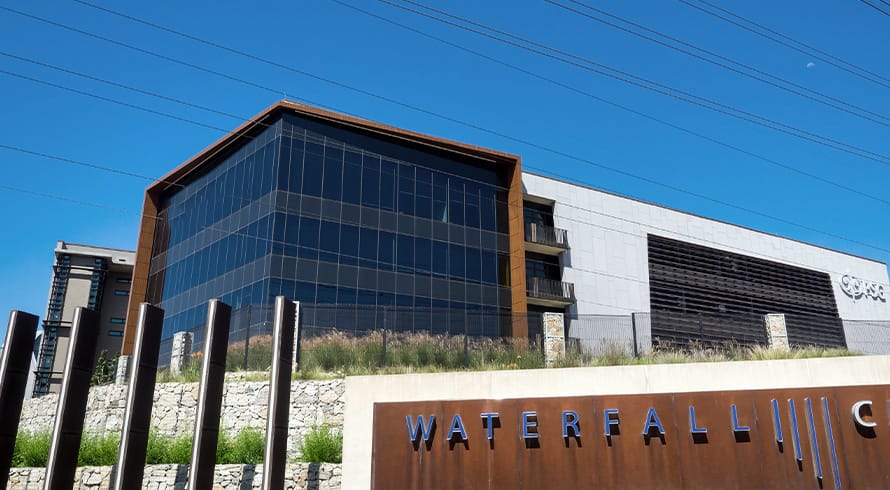The future of commercial litigation: Online dispute resolution
At a glance
- The increase in e-commerce transactions due to the COVID-19 pandemic has led to the use of smart contracts, which are digital contracts developed through blockchain technology.
- Disputes arising from smart contracts can be resolved through online dispute resolution (ODR) mechanisms, which employ arbitration, mediation, and negotiation techniques on an internet-based platform.
- ODR combines technology and artificial intelligence (AI) with traditional alternative dispute resolution processes, offering flexibility, cost-effectiveness, and efficiency in resolving disputes. Human intervention is still necessary in complex legal issues or when there is no precedent or relevant data for AI analysis.
Smart contracts
Businesses have begun to make use of what is known as “smart contracts” to conclude deals remotely. Smart contracts are digitalised contracts developed through blockchain technology. They utilise computer programmes which are coded with protocols that have the ability to facilitate, verify, execute and incorporate contractual terms. This computer programme therefore fully records the agreement between the parties. The main benefit that is seen when utilising blockchain technology is the ability to utilise the secure nature of the ‘chain’ of recordable information within each of the blocks that make up such. In other words, each block can be seen as a digital ledger that stores information, when new information is added, a new block is created and chained with the previous block. Thus allowing a recordable chain of developments that is not subject to the often fallable status quo of using ‘track changes’ for example.
Online dispute resolution
Logic dictates that disputes arising out of smart contracts should be resolved through online dispute resolution mechanisms (ODR). ODR is the use of sophisticated technology in an attempt to enhance, support and replicate the existing alternative dispute resolution processes (ADR). ODR is not an entirely new concept. This is illustrated by the various academic literature written by Ethan Katsh, who is globally recognised as the father of ODR after his work with eBay in 1999 and the proposal in 2010 by the United Nations Commission on International Trade Law in respect of the use of ODR in cross-border electronic commerce transactions. ODR is popular amongst some reputable companies such as eBay and PayPal, which use the online mechanism to solve the numerous disputes they receive each year. This is because it is flexible to use (as parties may be continents apart); inexpensive as legal fees may be substantially reduced; and of course, it is efficient.
How ODR works
At a practical level, ODR simply employs arbitration, mediation, and negotiation techniques on an online internet-based platform. Put differently, technology and artificial intelligence (AI) have joined forces with the well-known forms of ADR namely mediation and arbitration. AI is a form of technology whereby machines have the ability to learn and make decisions on their own. The machine may learn or be trained to recognise various patterns in data in order to improve their performance. This technology is designed to mimic human thought processes and intelligence. ODR simply automates ADR processes in order for a computer programme to perform the human role of third parties in the mediation or arbitration process.
Similarly to ADR, confidentiality, transparency, legality, private autonomy, and efficiency are standards that should be adopted by ODR. An example of how the two techniques are joined is in automated and assisted negotiations. This may be used in settlement proceedings whereby technology will replace the negotiator to assist the parties in resolving their dispute. The parties will use a software that was designed to make decisions of this nature. Each party will determine the settlement range and then make an offer. Should this offer fall within the agreed range the software will calculate a mean value using the two offers and that will be the amount the dispute is settled for. Should an offer not be in this range, then the parties may start the process over. It must be borne in mind that accepting the use of technology to resolve disputes does not mean that human intervention will be eradicated. AI may find legal issues too complex or that the legal principles need to be analysed further, therefore human intervention will still be required. This will especially be true when there is no precedent or past data to determine how a particular issue is usually resolved. AI is only as accurate as the data from which it draws. If no such data exists, then human intervention will be necessary to create the necessary precedent. That being said, this type of technology should be part of a sophisticated lawyer’s arsenal in the future to solve client disputes efficiently.
The world as we know it is fast-changing and the use of technology and AI in the practice of law cannot be avoided. Seemingly, our courts have caught up to modern day technology through the introduction of the sophisticated electronic court filing system known as Caselines and the fact that court hearings are now conducted virtually. The long-term sustainability of any sophisticated dispute resolution practice requires concepts such as AI and ODR to be fully embraced.
The information and material published on this website is provided for general purposes only and does not constitute legal advice. We make every effort to ensure that the content is updated regularly and to offer the most current and accurate information. Please consult one of our lawyers on any specific legal problem or matter. We accept no responsibility for any loss or damage, whether direct or consequential, which may arise from reliance on the information contained in these pages. Please refer to our full terms and conditions. Copyright © 2026 Cliffe Dekker Hofmeyr. All rights reserved. For permission to reproduce an article or publication, please contact us cliffedekkerhofmeyr@cdhlegal.com.
Subscribe
We support our clients’ strategic and operational needs by offering innovative, integrated and high quality thought leadership. To stay up to date on the latest legal developments that may potentially impact your business, subscribe to our alerts, seminar and webinar invitations.
Subscribe




